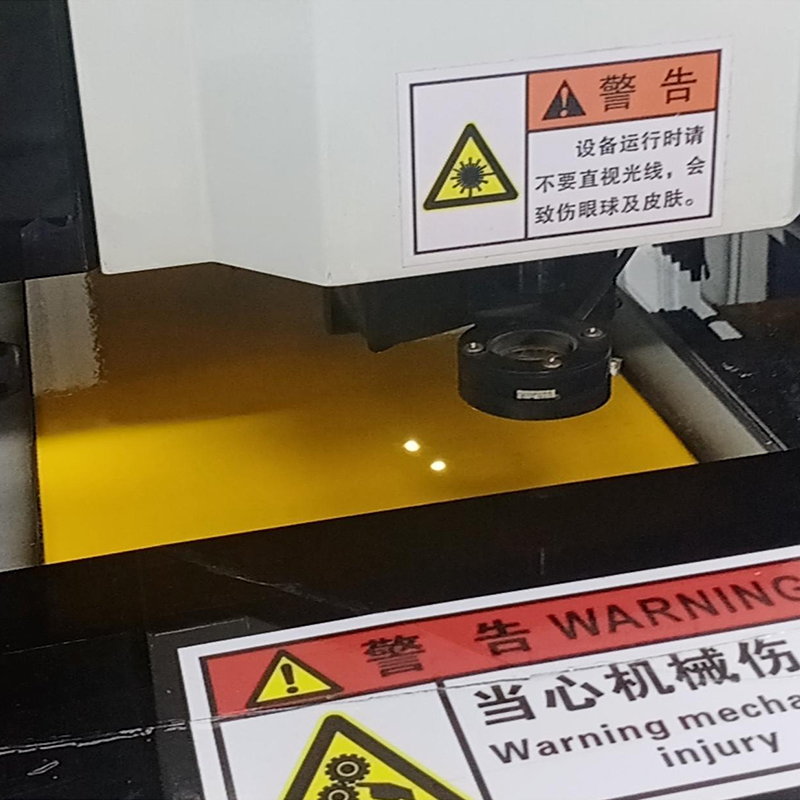Introduce:
In the fast-paced world of electronics manufacturing, innovation is key to staying ahead of the competition. As technology advances, the demand for compact and high-performance circuit boards has led to the rise of various types of PCBs. Among them, rigid-flexible PCB has become a solution superior to traditional flexible PCB. In this blog, we will explore the five main reasons why you should consider choosing rigid-flex PCBs instead of flexible PCBs. As an industry-leading circuit board manufacturer, Capel brings you fifteen years of expertise and technical knowledge in the field, ensuring the highest quality and reliability for your PCB needs.
1. Enhanced reliability and durability:
In terms of reliability and durability, rigid-flex PCB has obvious advantages over flexible PCB. As the name suggests, rigid-flex PCBs combine rigid and flexible materials. This hybrid design provides superior structural stability and eliminates the need for additional connectors, reducing the risk of potential failure points. The rigid-flex structure enables PCBs to withstand harsh environments, vibrations and extreme temperatures, making them ideal for applications with demanding operating conditions.
2. Reduce space and weight:
One of the main advantages of rigid-flex PCBs is the ability to reduce space and weight, which is critical for applications where size and weight constraints are a concern. By integrating rigid and flexible parts into a compact unit, designers can achieve significant space savings compared to traditional flexible PCBs. These space-saving advantages are particularly valuable in industries where miniaturization is an ongoing trend, such as aerospace, medical devices and consumer electronics.
3. Increase design flexibility:
Rigid-flex PCBs open up a world of design possibilities for engineers and designers. Unlike flexible PCBs, which restrict designs to a single plane, rigid-flex structures allow three-dimensional routing, enabling the creation of complex and compact designs. With the freedom to design in multiple dimensions, engineers can optimize layout, reduce signal interference and achieve better electrical performance. This flexibility not only enhances PCB functionality but also simplifies the overall manufacturing process.
4. Improve signal integrity:
Signal integrity is a critical aspect of any electronic design. Rigid-flex PCBs excel at maintaining signal integrity by reducing impedance mismatch and signal loss, especially compared to flexible PCBs. The rigid portion of the PCB provides a stable platform for high-speed components, while the flexible portion allows for efficient routing while minimizing signal distortion. Rigid-flex PCBs help improve the overall performance and reliability of electronic devices by ensuring better signal transmission and reducing electromagnetic interference.
5. Cost-effectiveness in the long run:
Although the initial investment of rigid-flex boards may be slightly higher than that of flexible PCBs, their long-term cost benefits cannot be ignored. The enhanced reliability and durability of rigid-flex PCBs significantly reduces the risk of failure, minimizing the chance of costly repairs or replacements. In addition, the compact size and weight reduction achieved by rigid-flex PCBs can also lead to cost savings in terms of reduced material usage and logistics. With the long-term advantages they offer, rigid-flex PCBs are proving to be a smart investment for companies looking to maximize the value and longevity of their electronic products.
In conclusion:
When it comes to choosing the right type of PCB for your electronics project, choosing a rigid-flex PCB over a flexible PCB can bring a wide range of advantages. With Capel’s 15 years of experience as a circuit board manufacturer and expertise in PCB technology, you can trust the quality and reliability of our rigid-flex PCBs. From enhanced durability and space savings to increased design flexibility and improved signal integrity, the benefits of using rigid-flex PCBs are clear. Embracing innovation in PCB technology is key to designing and manufacturing cutting-edge electronic devices that meet the demands of today’s dynamic market.
Post time: Nov-06-2023
Back







